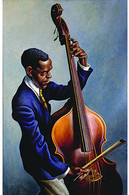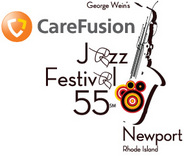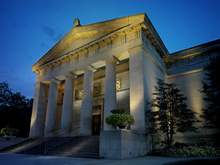Did you by chance catch the 1,000-word article in the Sunday New York Times about the
remaking of France’s President Nicholas Sarkozy as
more cultured?
It outlined how Sarkozy’s wife, Carla Bruni, is tutoring him, probably as prep for the 2012
-thumb-150x150-8847.jpg) election: she’s changing not only his loud clothing and flashy watch to more suitably Presidential fare, but also his reading habits, his music, his films. The Daily Beast chimed in today with a more tabloidy version.
election: she’s changing not only his loud clothing and flashy watch to more suitably Presidential fare, but also his reading habits, his music, his films. The Daily Beast chimed in today with a more tabloidy version.
I was struck that neither one mentioned the visual arts.
More than ten years ago, I wrote in the Times about the French trying to play catch-up with Britain, Germany, the U.S., etc. in contemporary art (link). Alan Riding, then European arts correspondent, continued the theme as recently as 2006 (here).
Just for a random test — and not of all that much import, admittedly — I googled “French contemporary art” and came up, first, with a gallery in London that sells French art and a Wikipedia entry that talks about the 20th Century.
But peruse any large international catalogue — from Art Basel, say — and you still don’t see much great contemporary art coming from France.
Is the French public indifferent to contemporary art? Does anyone there care about Bruni’s omission? Should they?





